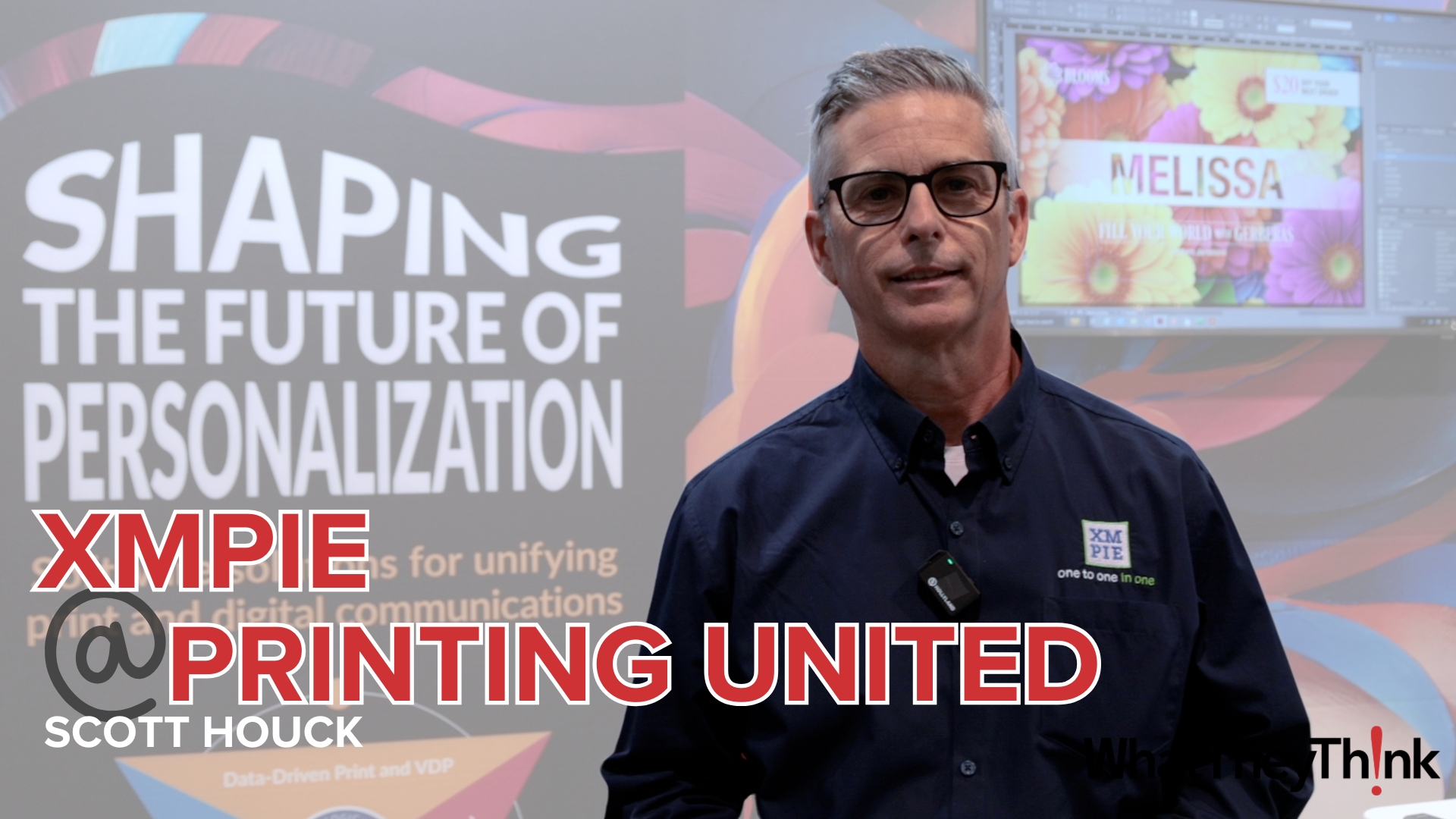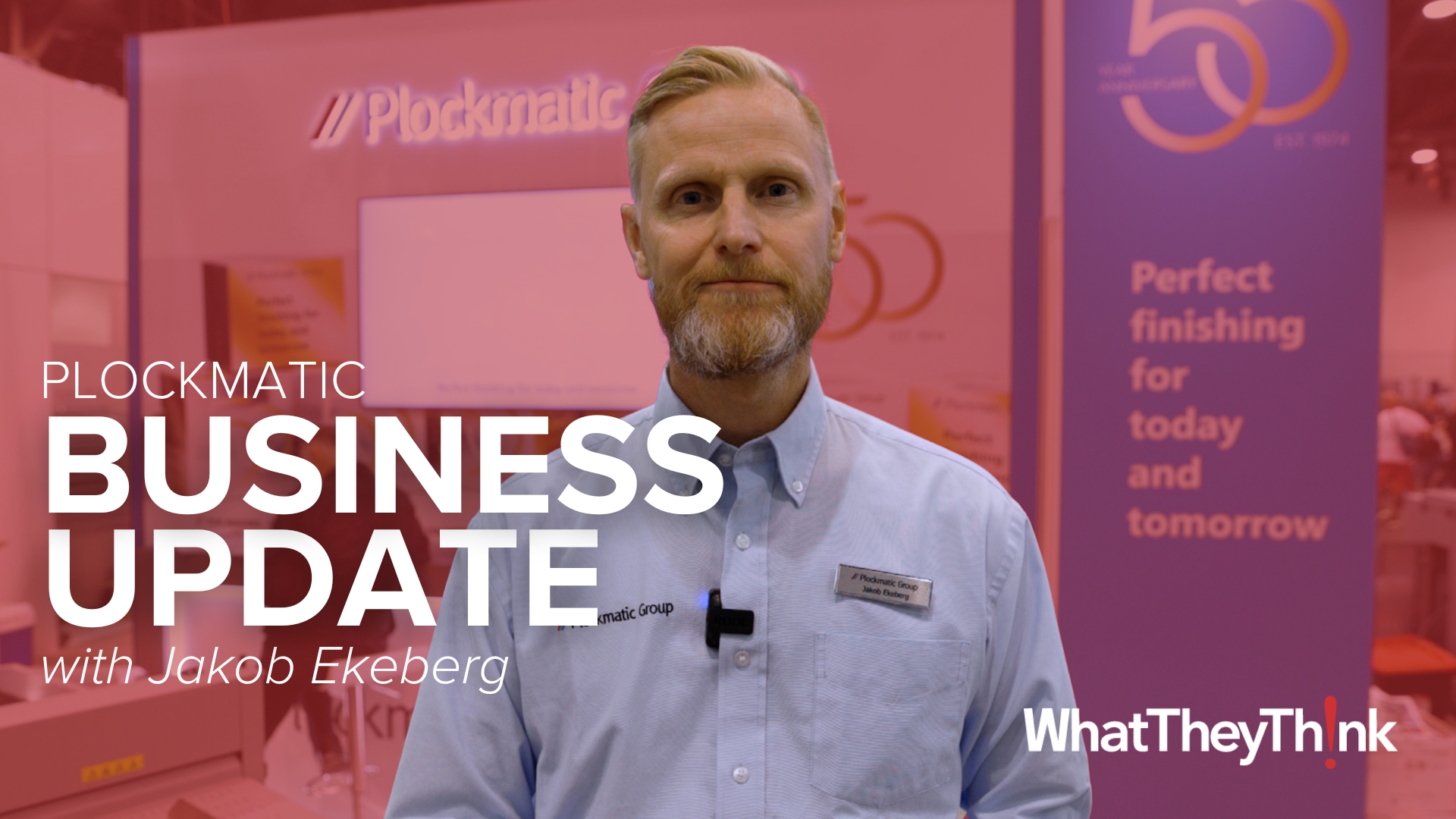Driving Diversity in Manufacturing
Press release from the issuing company
During an informative panel discussion at Packaging Innovations earlier this year, a panel of female leaders from across the supply chain came together to propose ideas to increase diversity in the manufacturing sector, starting with the role of women.
The role of women in print and packaging continues to be a hot button topic, discussed by in-the-know people, debated in open forums and tackled head on.
From in-house initiatives and charters established by companies in the supply chain to foster mentoring and progression, to industry programmes intended to spread the word and open eyes to the potential of packaging as a viable career choice for girls from a young age, each is doing its part to promote women in manufacturing.
But is it enough? Is it coordinated in a way that will affect genuine change? With only a quarter of the total UK manufacturing workforce being women, statistics would suggest not. So what else can and must be done?
These questions and more were put to a panel of female leaders at Packaging Innovations & Empack 2024, which took place at the NEC in Birmingham earlier this year. This included: Nicola Jones, manager for steel packaging recycling at Tata Steel; Emma Verkaik, CEO of the British Contract Manufacturers and Packers Association (BCMPA); the Printing Charity’s director of marketing and engagement, Liz Ross Martyn; and Joanna Stephenson, managing director at PHD Marketing. With the conversation moderated by Zoi Roupakia, research associate at the Institute for Manufacturing at the University of Cambridge, each brought a unique perspective to the discussion, but which ultimately settled on the same conclusion: more needs to be done.
Breaking down barriers
Anecdotal evidence supplied by Ross Martyn, from analysing entrants and winners in the Printing Charity’s Rising Star Awards over recent years, suggests there is a pool of young women coming into the industry, although they tend be present in ‘soft skills’ roles – sales, design, HR marketing – and are not taking up technical and manufacturing positions.
This revelation led Jones to state, “When you’re in school, you learn who lawyers are, what doctors do and why your teacher is important, but when it comes to manufacturing, the jobs are hidden behind a wall. We need to break down that wall and raise the profile of the jobs and roles available, to make them more visible. This will benefit all genders but will be particularly beneficial to women as there is more of a drop-off and a greater rate of attrition, making it necessary to get more females into the funnel from the get-go.”
This is a view reiterated by Stephenson, who asked, “What is ‘packaging’? By its very nature, packaging is all-encompassing and transcends any number of forms and functions, from glass, plastics and corrugate for high-street brands, high-end retailers, e-commerce. Whilst that is a reason for it to be the third-biggest employment sector in the UK, it makes it hard to nail down exactly what packaging is and uniformly progress the overall industry.
“Regardless, we are not doing enough to engage and get outsiders excited about the industry. Packaging is sexy, just look at the brands we work with. All the big ones are there. So it should be easy to find a hook to entice young people and women particularly into packaging and manufacturing.
“A particular challenge is that the mass media’s coverage of packaging tends to be based on the negative – waste piles, plastic pollution, etc. In reality, positive stories and successes outweigh the negatives, but they never get heard by the average person.
“There is also the issue of perception. Print and packaging is still viewed as an outdated, overly mechanical career choice. In fact, it is increasingly automated with Industry 4.0 at its heart. Then when you go onto a manufacturing floor, it is evident that these are largely operating as cleanroom environments, not the oily, ink-splattered workplaces of old.
“This means the challenges are three-fold: education, image and perception. When considering women in light of these, the challenges are multiplied as unintentional gender bias can see girls and young ladies steered away from what could be a very rewarding and successful career.”
Jones chips in with a practical example of this from the frontline. “Workwear is a real issue. A lot of overalls and uniforms are tailored for men. This makes them hard to wear if you’re a woman and have a different physique. I spent my formative years as a trainee working across various departments to learn the entire steel packaging manufacturing process and had to deal with this issue on a daily basis. For some, it could be a turnoff that inadvertently denies them access to a fulfilling career.”
Gender neutral
In today’s day and age, it is not so simple to assign such issues to women and women alone. The world and the workplace have become more diverse and all the better for it. A positive result of this, and which women stand to benefit from, is a holistic sea change in how jobs and genders are perceived and the evolution of workplaces.
“Flexibility must be embraced in all its forms,” advises BCMPA’s Emma Verkaik. “Flexibility that allows employees to better prioritise their time and balance their professional and home lives, but also gives them scope to be fully present in their jobs and pursue development opportunities to progress their careers. That could be as simple as the option to delay or extend the working day to do the school run through to a complete career change.”
Four-day weeks are another example she highlights of changes being made in the workplace that benefit and empower employees.
Verkaik continues, “We are starting to see changes already, albeit slowly. This will continue to happen, helping to make manufacturing workplaces a more desirable and attractive option. Employers will benefit too as more women are turned onto the options open to them as, historically, women are good solution finders so will be a great addition to the manufacturing workforce in numbers.”
Stephenson adds to this, “We’ve got to make manufacturing an attractive place to work, with abundant career opportunities in a fair environment. That’s not always been the case but that’s history. In the future, we need to educate widely to create environments that are open and accessible to all.
“Education also needs to be deepened in schools. With Sheffield Hallam University now offering a dedicated undergraduate degree in packaging, we need to start preparing school children and filling the funnel.”
Tata Steel has an active school outreach programme and undertakes weekly visits to see and speak with children on packaging, steel and recycling. While getting the story and level of detail right is a challenge, depending on the age group for example, the benefits are there to see.
“We are creating awareness of packaging’s role in everyday life and inspiring minds,” says Jones. “It’s up to us to provide those roles models and attract them to us as an industry.”
This contributes to Stephenson’s mantra of, “You’ve got to see it, to be it”.
“We’ve not got the funnel right. There are myths about print that are blocking process. Young People in Print (YPIP) is working with printers to open their premises up so younger generations can see and understand how the industry works and what we do with brands and retailers. Also to see facilities that are so clean you could eat your dinner off the floor. There are so many myths, that we’re not going to get over them by talking about them; we’ve got to make it real and encourage them in – male and female.’
Concluding, Ross Martyn is astounded that packaging isn’t regarded as a STEM – science, technology, engineering and mathematics – subject in the realms of education. “That is a very good association to have and immediately positions packaging in positive light. As there isn’t a clear and obvious way to get branded as a STEM subject, that presents another opportunity for print and packaging to boost its perception as a valuable lucrative career path.”
This panel discussion took place at Packaging Innovations & Emack 2024. The show returns to the NEC in Birmingham on 12 & 13 February, 2025. Register your interest to attend Packaging Innovations & Emack 2025 today.
- Questions to ask about inkjet for corrugated packaging
- Can Chinese OEMs challenge Western manufacturers?
- The #1 Question When Selling Inkjet
- Integrator perspective on Konica Minolta printheads
- Surfing the Waves of Inkjet
- Kyocera Nixka talks inkjet integration trends
- B2B Customer Tours
- Keeping Inkjet Tickled Pink
© 2024 WhatTheyThink. All Rights Reserved.















Discussion
Only verified members can comment.